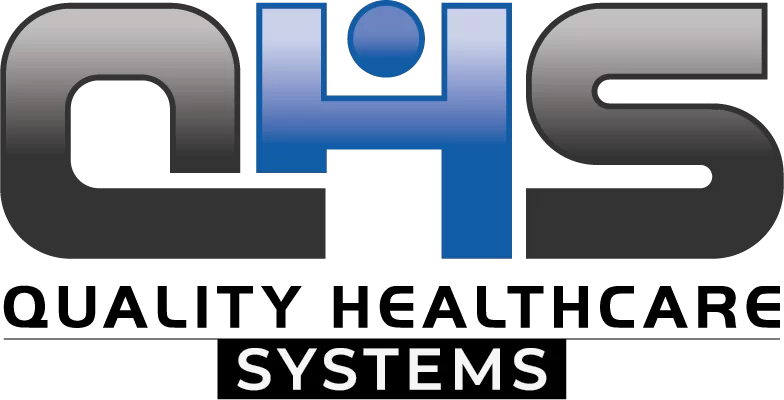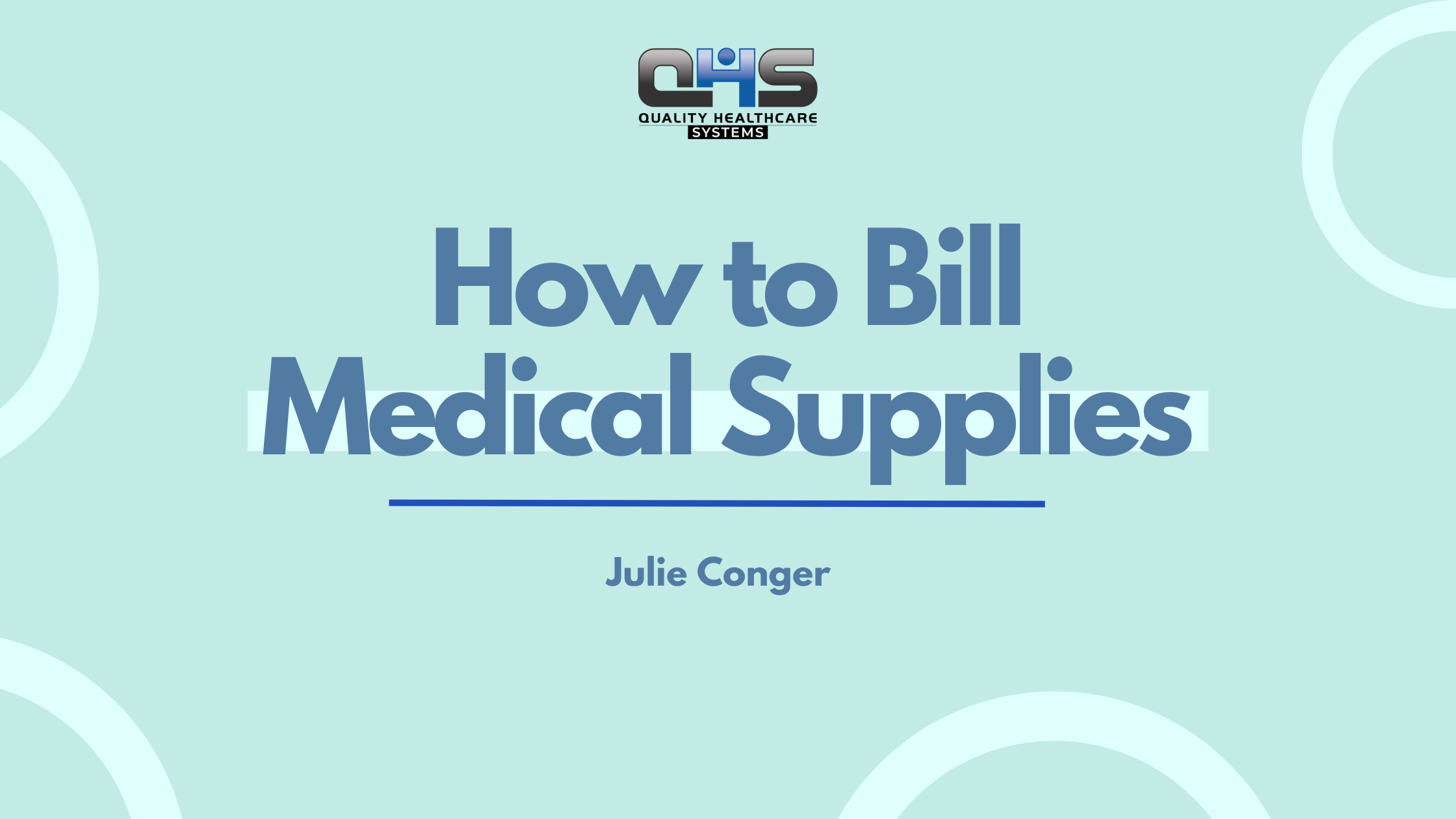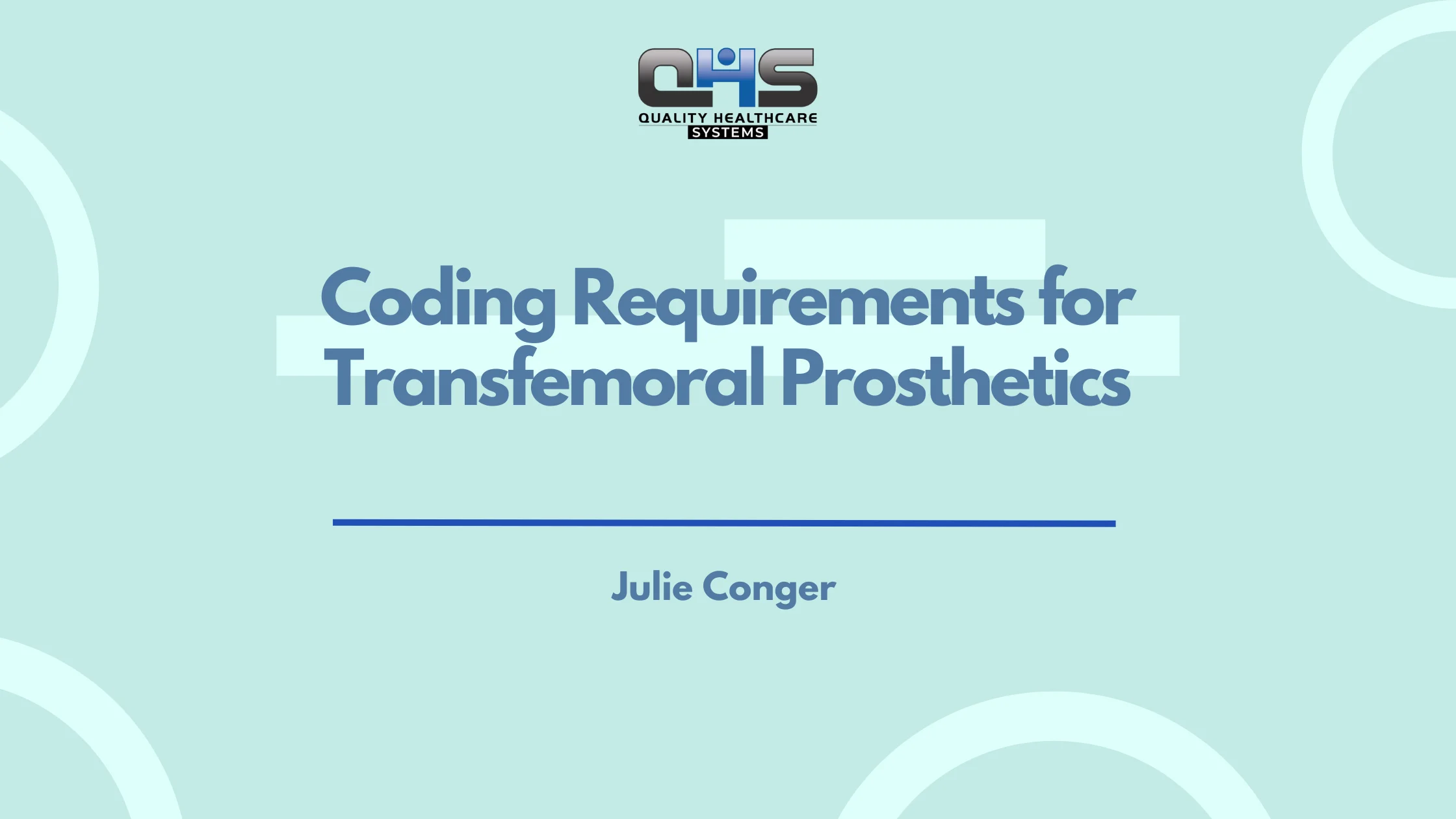Billing for Durable Medical Equipment (DME) requires a clear understanding of specific billing codes, Medicare requirements, and documentation standards. For healthcare providers, DME suppliers, and billing specialists, understanding how to bill medical supplies accurately can ensure smooth reimbursements and reduce claim denials. This guide explains key DME billing guidelines, including Medicare’s requirements and tips for coding and fee schedules.
What is DME in Medical Billing?
Durable Medical Equipment (DME) refers to reusable medical devices and equipment prescribed by healthcare providers for patient care, typically for home use. Examples include wheelchairs, walkers, oxygen tanks, and CPAP machines. In medical billing, DME involves navigating insurance claims and coding specific to the equipment provided to ensure proper reimbursement. Understanding DME billing is essential for healthcare providers to comply with payer requirements and avoid claim denials.
Understanding DME Billing Guidelines
DME billing involves submitting claims for equipment like wheelchairs, oxygen tanks, walkers, and other essential medical supplies that patients use in their homes. Billing DME accurately is crucial for obtaining reimbursements from insurance companies, especially Medicare. For providers looking to reduce the burden of these complex processes, it may be beneficial to outsource DME billing services. Here’s an overview of the general guidelines:
- Medical Necessity: DME items must be deemed medically necessary by a healthcare provider. Proper documentation proving medical necessity is essential.
- Correct Coding: Durable medical equipment requires specific CPT and HCPCS (Healthcare Common Procedure Coding System) codes to be included in billing claims.
- Eligibility Verification: Verify that the patient’s insurance, especially Medicare, covers the DME item being billed to ensure claims will be accepted.
Success Story: Discover how QHS streamlined billing processes for a community-focused respiratory practice!
How to Bill DME Claims to Medicare
Billing DME claims to Medicare requires a detailed and precise approach. Here’s a step-by-step guide:
- Verify Patient Eligibility: Confirm that the patient’s Medicare plan covers DME. Medicare Part B typically covers certain DME items when they are medically necessary.
- Obtain Required Documentation: Medicare requires specific documents, such as a physician’s order or prescription, medical records, and a Certificate of Medical Necessity (CMN), depending on the equipment.
- Use the Correct Billing Codes: Utilize the accurate CPT and HCPCS codes for the DME item. This is essential to avoid claim denials.
- Submit the Claim to Medicare: Once eligibility and documentation are confirmed, submit the claim to Medicare with all required information. Claims should be complete and error-free to prevent delays.
- Track the Claim Status: Monitor the status of submitted claims to address any issues or denials promptly.
Key Elements in Durable Medical Equipment Billing
Proper DME billing relies on several important components, such as using the correct codes and understanding Medicare’s coverage.
Common CPT Codes for Durable Medical Equipment
The CPT code (Current Procedural Terminology code) is critical for billing DME items. Examples of commonly used CPT codes include:
- E0114 – Crutches, underarm, adjustable or fixed, with pads, tips, and handgrips.
- E0143 – Walker, folding, wheeled, adjustable or fixed height.
- E0163 – Commode chair, with fixed arms.
- E0193 – Powered air flotation bed (low air loss therapy).
- E0260 – Hospital bed, semi-electric (head and foot adjustment).
- E0303 – Hospital bed, heavy-duty, extra-wide, with any type of side rails.
- E0431 – Portable oxygen concentrator, rental.
- E0470 – Respiratory assist device, bi-level pressure capability, without backup rate feature.
- E0486 – Oral device/appliance used to reduce upper airway collapsibility.
- E0601 – Continuous positive airway pressure (CPAP) device.
- E0650 – Pneumatic compressor, non-segmented, for use with a single limb.
- E0748 – Osteogenesis stimulator, electrical, non-invasive, spinal application.
- E0781 – Ambulatory infusion pump, single or multiple channels, electric or battery operated.
- E0935 – Continuous passive motion exercise device for use on the knee.
- E1399 – Durable medical equipment, miscellaneous (used for items that do not have specific codes).
Using the right code ensures accurate DME billing and faster reimbursement.
Medicare DME Coverage
Medicare Part B covers medically necessary DME if it is prescribed by a Medicare-enrolled physician. Common DME items covered by Medicare include:
- Mobility Aids: Wheelchairs, walkers, and scooters
- Home Oxygen Equipment: Oxygen tanks and portable oxygen concentrators
- Hospital Beds: Semi-electric or manual hospital beds
Understanding what Medicare covers can help streamline billing and avoid denials.
Documentation Requirements
Accurate documentation is crucial in DME billing to demonstrate the medical necessity and validity of the equipment. Required documentation may include:
- Physician’s Prescription: Documenting the need for specific DME items.
- Proof of Medical Necessity: A Certificate of Medical Necessity (CMN) or detailed medical records that outline the necessity of the equipment.
- Patient Information: Basic details such as the patient’s name, insurance ID, and diagnosis code (ICD-10).
Medicare Durable Medical Equipment Fee Schedule
The Medicare DME fee schedule determines the reimbursement rates for DME items. Here’s how it works:
- Understanding Reimbursement Rates: The fee schedule lists the maximum allowable amounts Medicare will pay for each item, based on the CPT or HCPCS code.
- Geographic Variation: Reimbursement rates may vary by region, depending on the cost of living and regional adjustments.
- Adjusting for Rentals: Some DME items may be rented rather than purchased outright. The fee schedule includes rental rates for items like hospital beds and oxygen tanks.
Billing in line with Medicare’s fee schedule ensures that reimbursements match the allowable amounts for specific DME items. Many healthcare providers rely on a DME billing company to handle these requirements, ensuring accurate billing and maximizing revenue.
Tips for Accurate DME Billing and Avoiding Denials
Accurate DME billing reduces the risk of claim denials and delayed payments. Here are some tips to help you get it right:
- Verify Coverage and Eligibility: Check Medicare eligibility before submitting claims to avoid issues with non-covered items.
- Use Correct Codes: Ensure all CPT and HCPCS codes are accurate and up-to-date to minimize errors.
- Stay Updated on Medicare Changes: Medicare policies and coverage guidelines can change, so staying informed on updates is essential for compliant billing.
FAQs
What documentation is required for Medicare DME coverage?
Medicare typically requires a physician’s order, proof of medical necessity, and patient information.
How does the Medicare durable medical equipment fee schedule work?
The fee schedule outlines the maximum amounts Medicare reimburses for DME items, based on the CPT or HCPCS code and geographic location.
Conclusion
Billing medical supplies, especially DME, requires a solid understanding of Medicare’s guidelines, proper coding, and documentation. By following these DME billing guidelines, using the correct codes, and ensuring compliance with Medicare’s requirements, you can improve billing accuracy, reduce denials, and streamline the reimbursement process. If billing challenges are impacting your workflow, you may consider outsourcing to a professional billing company to handle these complexities, allowing you to focus more on patient care.






